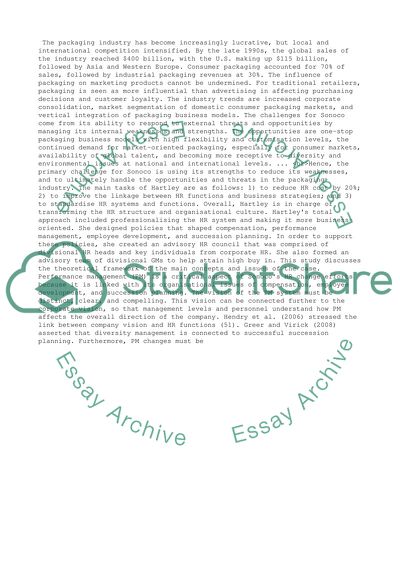Cite this document
(“Binding Performance Management System Changes and Organisational Essay”, n.d.)
Binding Performance Management System Changes and Organisational Essay. Retrieved from https://studentshare.org/business/1403515-hr-practices-case-study
Binding Performance Management System Changes and Organisational Essay. Retrieved from https://studentshare.org/business/1403515-hr-practices-case-study
(Binding Performance Management System Changes and Organisational Essay)
Binding Performance Management System Changes and Organisational Essay. https://studentshare.org/business/1403515-hr-practices-case-study.
Binding Performance Management System Changes and Organisational Essay. https://studentshare.org/business/1403515-hr-practices-case-study.
“Binding Performance Management System Changes and Organisational Essay”, n.d. https://studentshare.org/business/1403515-hr-practices-case-study.


